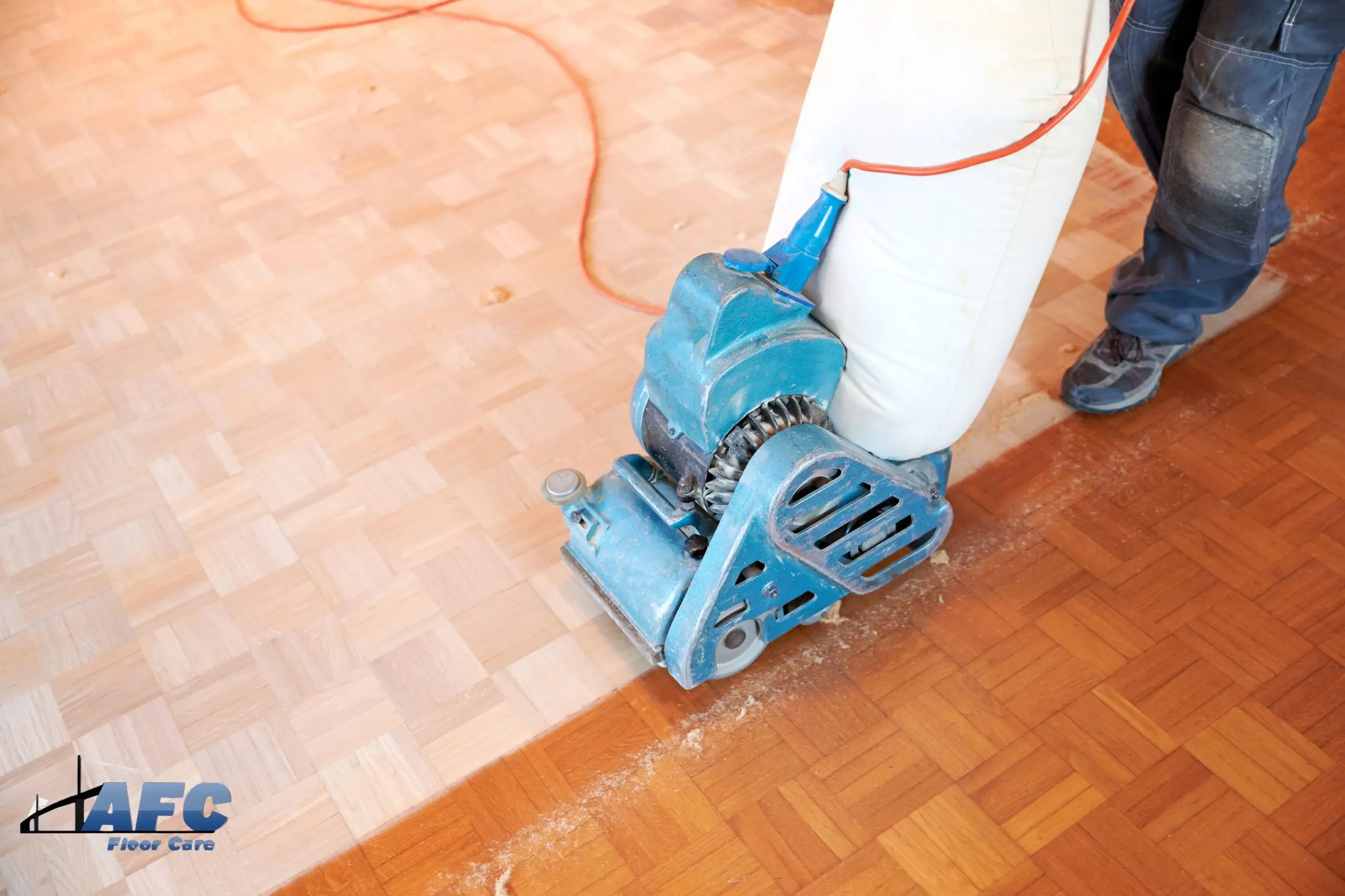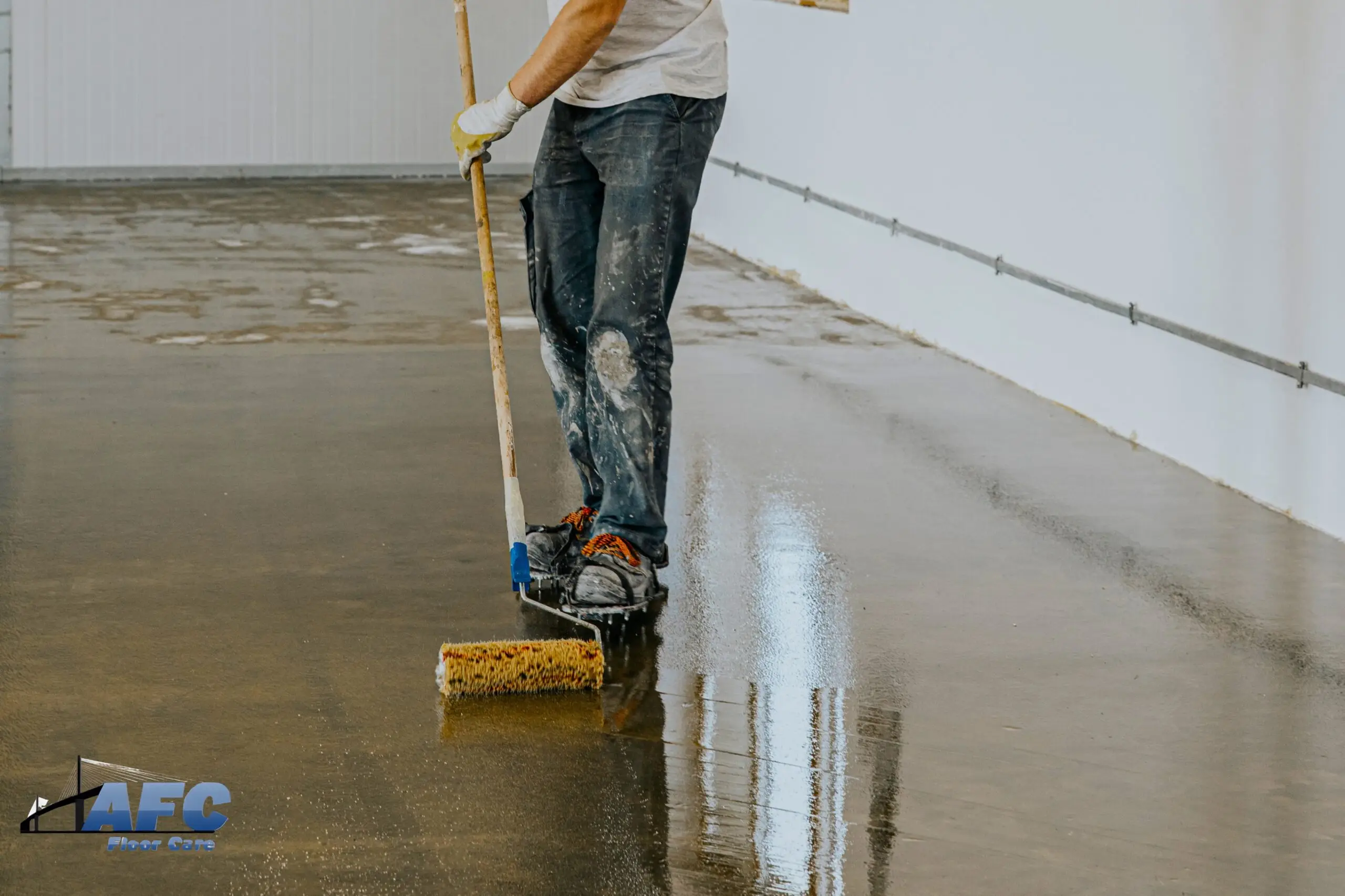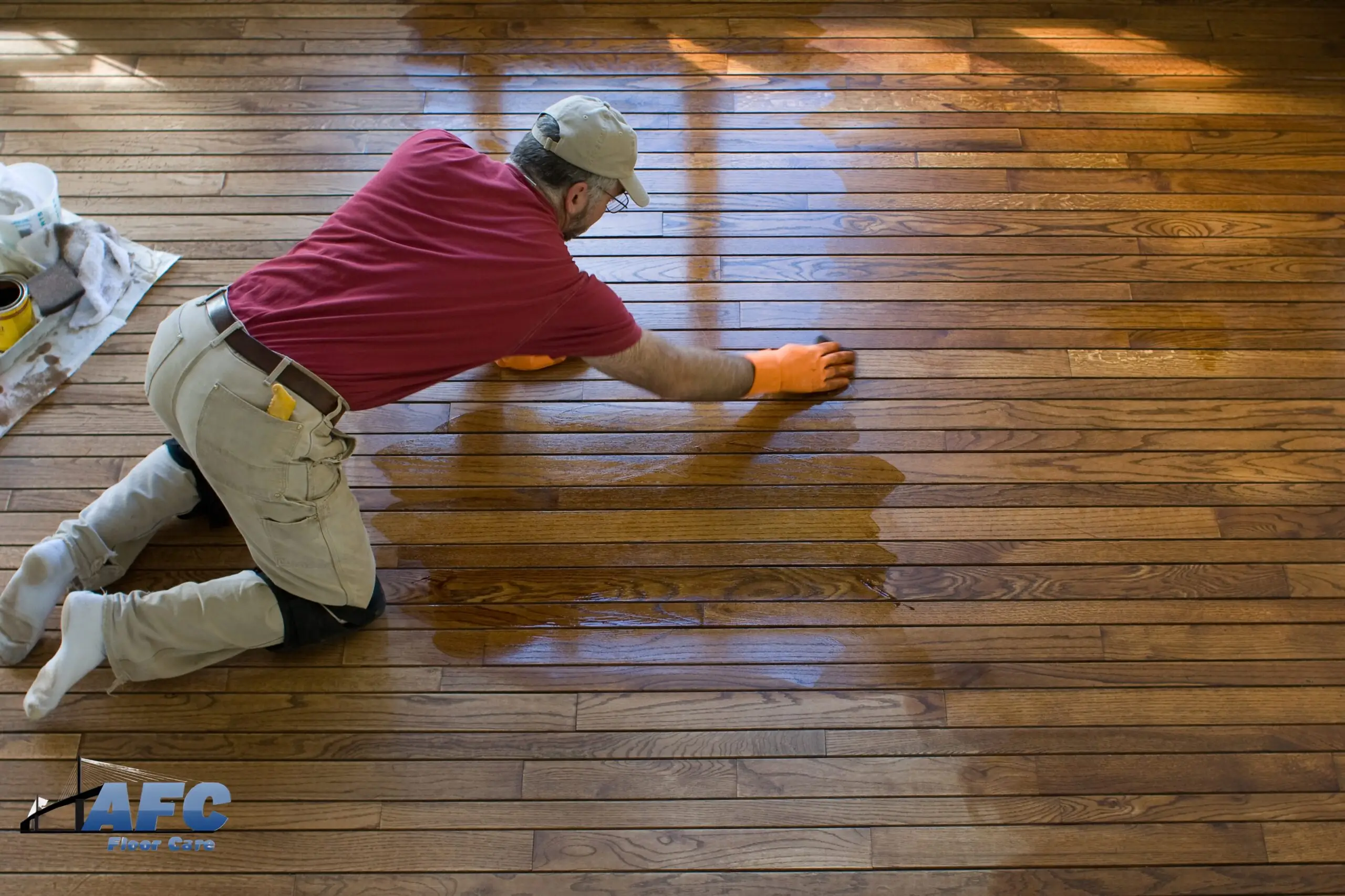Essential Tips for Effective Floor Restoration Techniques
When your floors begin to show signs of wear and tear, floor restoration can be a game-changer. Whether it’s hardwood, tile, or stone, restoring your floors not only brings back their beauty but also extends their lifespan. Floor restoration is an essential process that requires careful consideration of the material, the damage, and the right techniques for repair. With the proper approach, you can revitalize your floors without the need for costly replacements. This guide will explore key tips and methods to ensure that your floor restoration project is successful, leaving your surfaces looking as good as new.
Assessing Floor Condition Before Restoration
Before diving into any floor restoration project, it’s vital to assess the current condition of your floors. Identifying the extent of damage, whether it’s scratches, stains, or wear, will help determine the restoration techniques that are most appropriate. A thorough inspection should include checking for moisture issues or structural problems that may be contributing to the damage. Knowing the specific needs of your floor helps avoid costly mistakes and ensures that you’re using the right methods. After assessing the condition, you can decide whether a full restoration is necessary or if touch-ups can suffice.
Selecting the Right Restoration Method for Your Floors

Choosing the correct restoration method is crucial to ensuring the long-term success of the project. For wood floors, sanding and refinishing may be the best option, while tile floors might require deep cleaning and regrouting. Different materials have different needs, so it’s essential to match the method with the material. For example, stone floors may need polishing and sealing, while laminate floors could benefit from a resurfacing technique. A professional can help guide you in selecting the best restoration method based on your floor’s specific material and the damage present.
Preparing Your Floor for the Restoration Process
Preparation is key to achieving a successful floor restoration. This includes removing furniture, cleaning the area thoroughly, and ensuring that the surface is free from debris. For certain types of floors, a special cleaning solution may be required to remove grime, dirt, or stains before the restoration can begin. Additionally, for wooden floors, checking for any protruding nails or uneven spots will help avoid complications during the restoration process. Proper preparation can help save time, enhance the results, and ensure a smooth and effective restoration process.
Choosing the Right Tools and Equipment for Restoration
The success of floor restoration depends significantly on the tools and equipment used. High-quality materials, such as sanding machines, polishing pads, and cleaners, ensure that the work is done efficiently and without causing further damage. Investing in or renting professional-grade equipment may seem like an extra cost, but it can make all the difference in the final result. For certain floors, such as stone or tile, specialized tools may be necessary to restore the shine and smoothness effectively. Always ensure the right tools are in place before starting the project.
Cleaning and Maintaining Floors After Restoration

After completing a restoration, proper cleaning and maintenance are necessary to keep your floors looking pristine. Regular cleaning prevents dirt and debris from causing damage to the surface. For wooden floors, using a gentle cleaner and avoiding harsh chemicals can extend the life of the finish. For tile or stone, using products that are designed for these surfaces will help preserve the restored look. Establishing a routine maintenance schedule will also ensure that your floors stay in good condition for years to come. Consistent care is key to preserving the results of any floor restoration project.
Understanding Floor Sealing and Its Benefits
Sealing floors after restoration is a crucial step that should not be overlooked. Sealants protect the floor surface from dirt, moisture, and stains, which can lead to long-term damage if not properly addressed. For hardwood floors, applying a polyurethane or wax coating can provide a protective barrier, enhancing the wood’s natural beauty. For stone or tile floors, sealing prevents grout discoloration and keeps the surface resistant to spills. Knowing when and how to apply a sealant is critical for prolonging the life of your floor and maintaining its appearance.
How to Choose the Right Floor Restoration Service
Hiring a professional for your floor restoration project can make all the difference in achieving high-quality results. When choosing a restoration service, it’s essential to look for experience, reviews, and a portfolio of previous work. Professionals will have the knowledge and tools needed to restore floors properly without causing further damage. They will also be able to guide you on the best methods and materials for your specific type of floor. Be sure to check references and ask for detailed estimates before committing to a service provider.
Budgeting for Floor Restoration Projects

Floor restoration can be an investment, but it is often more cost-effective than replacing your floors altogether. Before starting the project, create a budget that includes materials, labor, and any additional costs for sealing or special equipment. Prices for floor restoration can vary based on the type of floor, the extent of damage, and the services provided. It’s a good idea to get multiple quotes from restoration companies to ensure you’re getting the best deal. With proper budgeting, you can restore your floors without overspending while still achieving quality results.
Timing Your Floor Restoration for Best Results
Timing is another important factor to consider when planning your floor restoration. Some methods, such as sanding or refinishing, may require several days to complete, while others may be finished in a single day. It’s essential to account for drying or curing times when planning your restoration project. Additionally, consider the time of year—humidity and temperature can affect the restoration process, especially for wood floors. Scheduling the project during optimal conditions will help ensure the best possible results. Make sure to give yourself enough time to complete the job without rushing.
Conclusion
Floor restoration is a worthwhile investment to breathe new life into your space, and with the right techniques, your floors can look stunning once again. Whether you’re dealing with hardwood, tile, or stone, understanding the best practices for restoring your floors ensures that you get long-lasting results. By assessing the condition, choosing the right methods, and maintaining your floors post-restoration, you’ll enjoy a clean, beautiful, and durable surface for years to come.
If you’re ready to restore your floors to their former glory, reach out to AFC Floor Care today. We specialize in professional floor restoration services tailored to your needs. Contact us at (813) 933-6049 for a consultation and let our experts help you achieve the perfect floors for your home or business.
